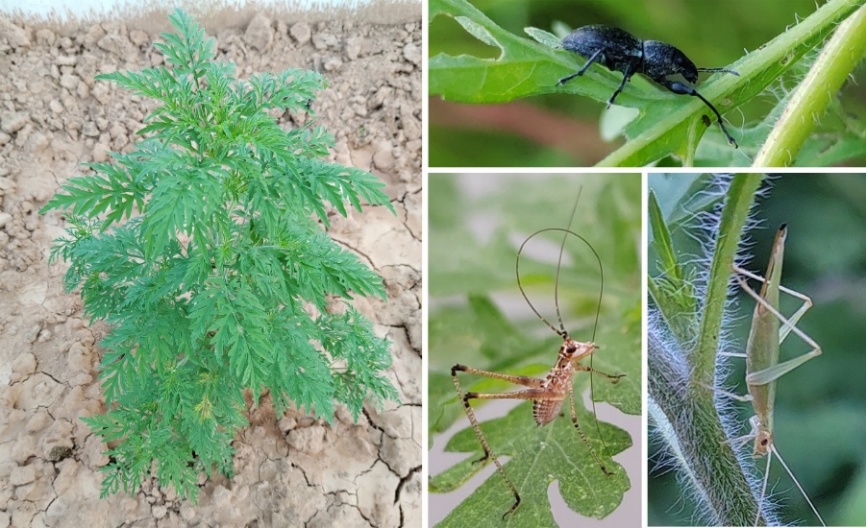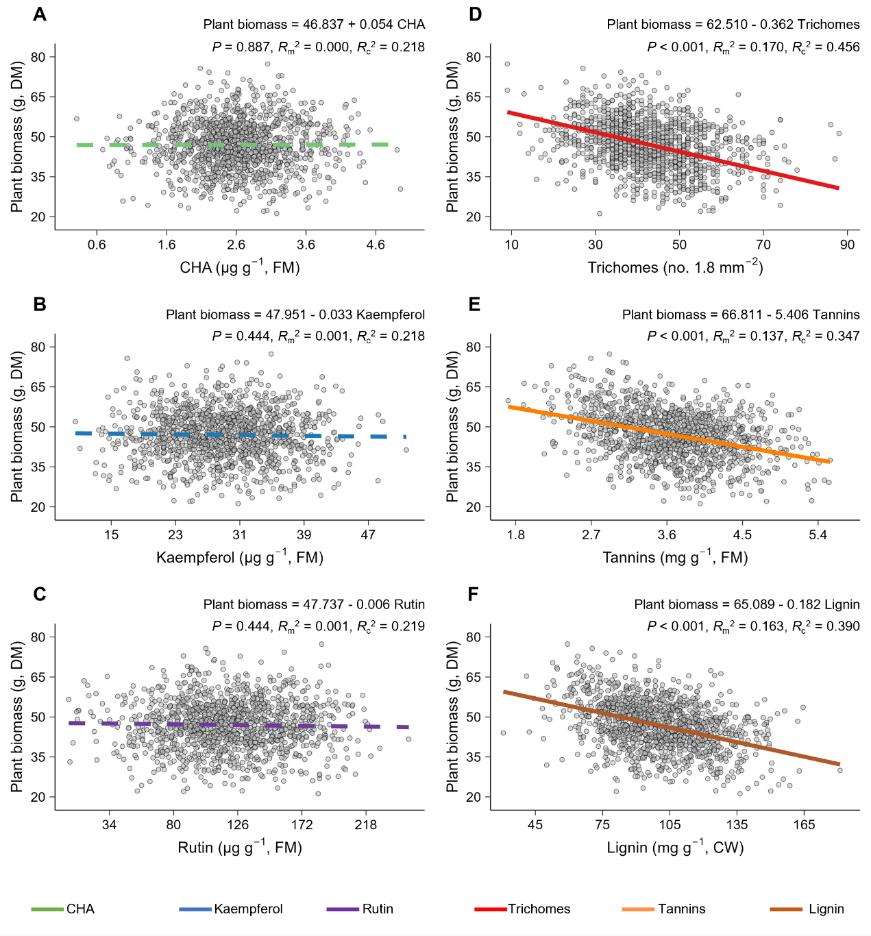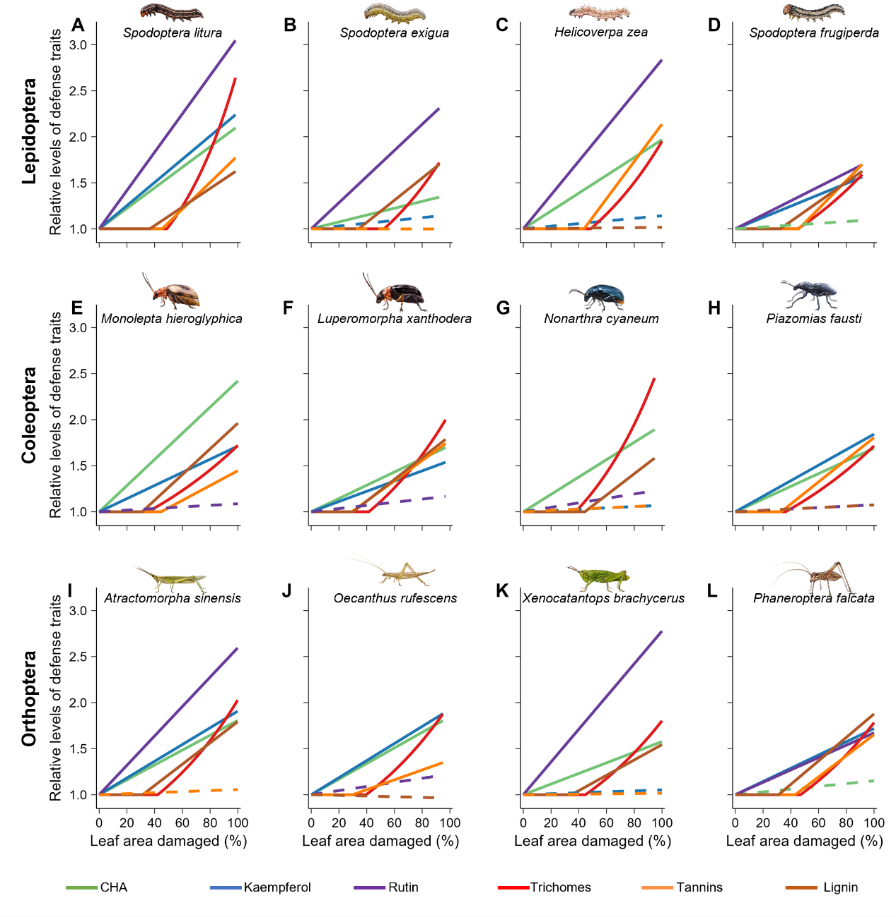Plants Get Smart: They Employ “Cheaper First” Defense Strategy Againt Herbivores
2025-08-25
When we get bitten by mosquitoes outdoors, we might wave hands first to drive them away (low cost), and only resort to mosquito repellent (high cost) if the annoyance persists. This "cheaper first" induced defense strategy has now been found in plants.
The Invasion Ecology Group at the Wuhan Botanical Garden, Chinese Academy of Sciences, has confirmed that when facing herbivore attacks, plants act like shrewd financial managers - activating low - cost defenses first and only deploying "expensive weapons" when the threat escalates.
The research team used common ragweed (Ambrosia artemisiifolia), an annual herbaceous plant widely distributed in China, as the study system. They conducted a series of experiments on multiple mechanical and chemical defense traits of this plant, using 12 herbivorous insect species from Lepidoptera, Coleoptera, and Orthoptera.
Study reveals a clear cost hierarchy: small - molecule compounds like chlorogenic acid are produced cheaply, while physical defenses like trichomes and large - molecule chemical defenses like lignin are resource - intensive. Common ragweed consistently actives these cheaper defenses first when facing insect attack. Only when herbivory intensifies and leaf damage surpasses a certain threshold does it deploy its more expensive artillery - a sophisticated, cost - dependent strategy. This cost - dependent sequential induction was consistent across attacks by all 12 insect species tested.
This study not only reveals the fine - tuned regulatory mechanisms of plant defense, but also suggests that the "cheaper first" strategy may be a general defensive rule shared across both the plant and animal kingdoms. It provides new insights into how organisms in nature balance the costs and benefits of defense.
Findings were published in PLOS Biology entitled "Plants respond to herbivory through sequential induction of cheaper defenses before more costly ones". The article was featured alongside a Primer - an invited expert commentary by an international peer that highlights the significance of the study within the broader scientific landscape.
Dr. WAN Jinlong, Associate Professor at Wuhan Botanical Garden, is the first author, and Prof. HUANG Wei is the corresponding author. Prof. Evan Siemann from Rice University (USA) and Prof. Matthias Erb from the University of Bern (Switzerland) also contributed to the research. This work was supported by the National Key Research and Development Program of China, the Youth Innovation Promotion Association of the Chinese Academy of Sciences, and the National Natural Science Foundation of China.

Ambrosia artemisiifolia and representative herbivorous insects feeding on it. (photo by Jinlong Wan)

The production of six defense traits incurs varying fitness costs in Ambrosia artemisiifolia. (Image by WBG)

Lower-cost traits are induced at lower levels of herbivory than higher-cost traits in Ambrosia artemisiifolia. (Image by WBG)